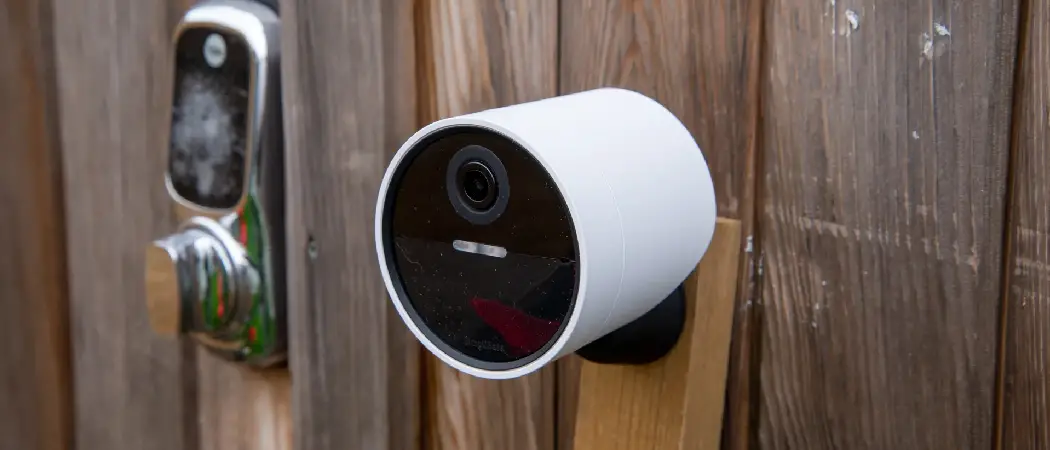In today’s world, our privacy seems to be an ever-diminishing commodity. As wireless security cameras become more widespread, the risk of unwarranted intrusion into our personal spaces increases. This raises an important question: Is it possible to jam these pervasive electronic eyes? The answer is, resoundingly, yes.
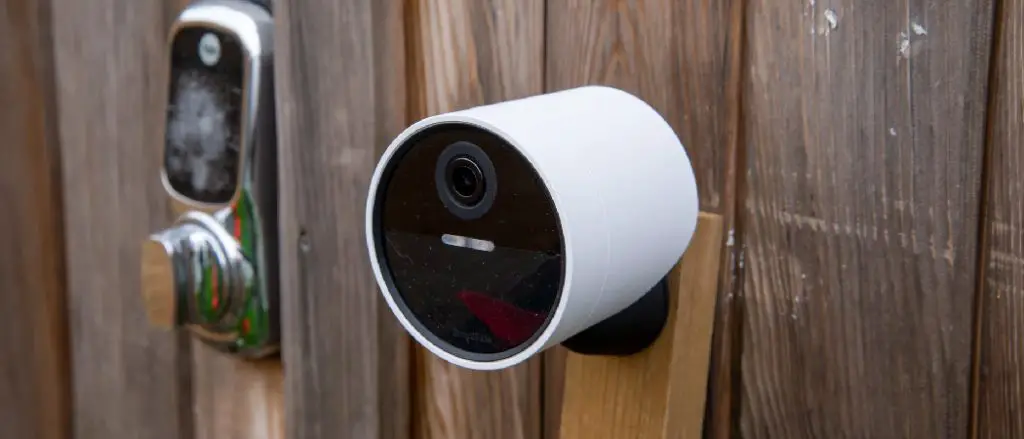
In this comprehensive guide, we are going to delve into the world of wireless security camera jamming. We will explore the methods and tools required, as well as the relevant laws and ethical considerations. Our intent is to arm you with knowledge, enabling you to protect your privacy against unwanted surveillance. Here, you will learn the ins and outs of ‘how to jam wireless security cameras’ effectively and responsibly.
Reasons for Jamming Wireless Security Cameras
Before we dive into the details, it is important to understand why someone might want to jam a wireless security camera. The reasons can vary from person to person, but some of the most common include:
Protecting Privacy:
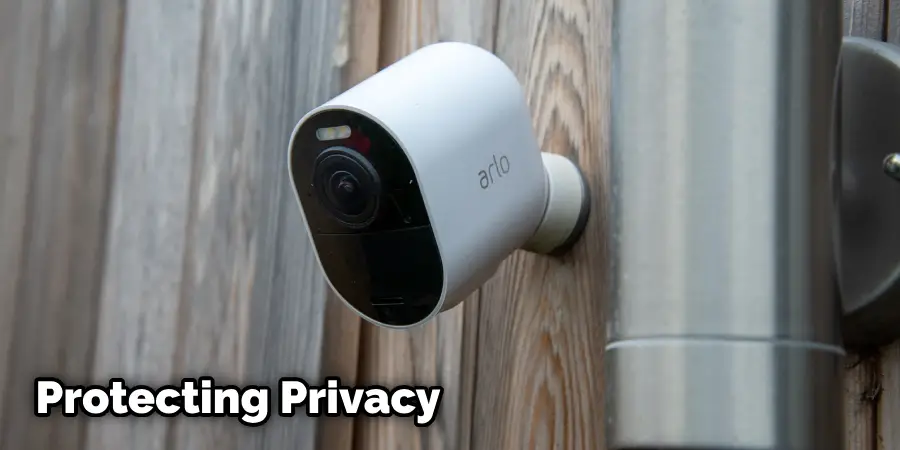
As mentioned earlier, with the rise of wireless security cameras, our personal spaces are becoming more vulnerable than ever. Jamming these cameras can provide a sense of security and privacy, especially in areas where one would not expect to be under surveillance.
Avoiding Unwanted Surveillance:
In certain situations, constant surveillance can feel oppressive and invasive. For instance, if you are a business owner with security cameras installed, your employees may feel like they are being constantly monitored. By jamming the cameras, you can give them a sense of freedom and privacy.
Preventing Hacking:
Wireless security cameras can also be vulnerable to hacking, which can compromise your personal or business information. By jamming the camera signal, you can prevent potential hackers from accessing your footage.
9 Methods on How to Jam Wireless Security Cameras
Now that we understand the reasons for jamming wireless security cameras let’s explore some of the methods that can be used to do so. Please note that these methods are for educational purposes only, and we do not condone using them for illegal activities.
Use a Wireless Camera Jammer:
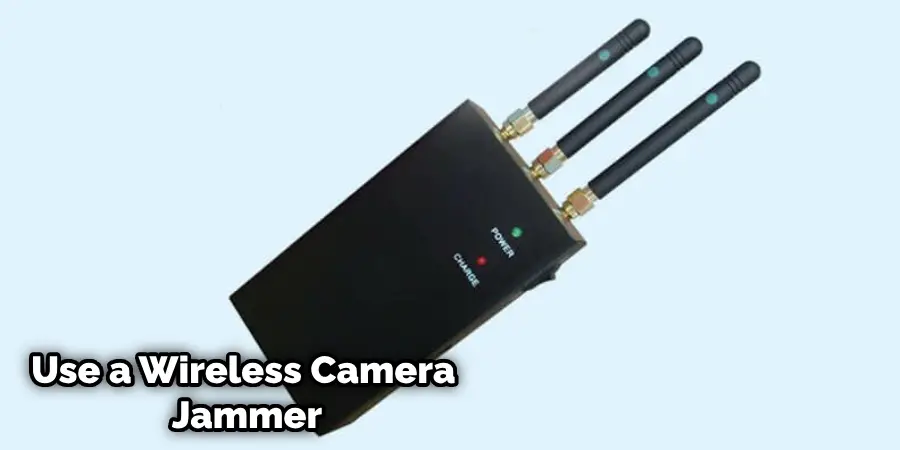
The simplest and most effective method of jamming wireless security cameras is by using a specialized device called a camera jammer. These devices emit radio waves at the same frequency as the camera, disrupting the signal and rendering it useless.
Block the Camera Lens:
Another low-tech approach is physically blocking the camera lens with an object or using reflective material like aluminum foil. This method may not altogether disable the camera, but it will distort or block the view, making it difficult to capture clear footage.
Interrupt Power Supply:
If you have access to the power source of the wireless security camera, you can turn off or cut its power supply to render it inoperable. This method is only practical for cameras that are not battery-powered.
Use Infrared LEDs:
The naked eye cannot see infrared light but can interfere with a camera’s ability to capture images in low-light conditions. By using infrared LEDs, you can create a ‘blind spot’ for the camera, effectively jamming it.
Hack the Camera:
This method is not recommended, as it involves hacking into the camera’s system and tampering with its settings. It is also illegal in most countries and should only be used by trained professionals for ethical purposes.
Create Radio Interference:
Similar to using a wireless camera jammer, you can also create radio interference by setting up a device that transmits signals at the same frequency as the camera. This will disrupt the camera’s signal and render it useless.
Use a GPS Jammer:
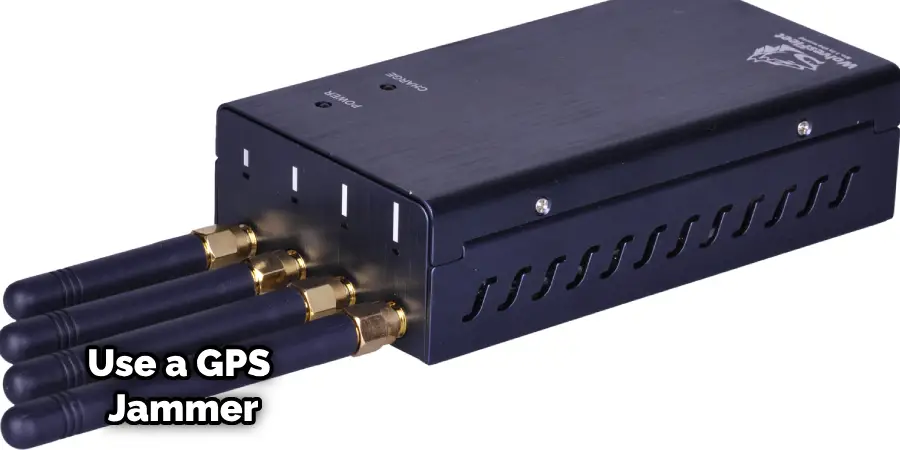
Some wireless security cameras have built-in GPS tracking, which allows them to be easily located. By using a GPS jammer, you can prevent the camera from sending its location information, making it difficult to find and disable.
Install a Signal Blocker:
Signal blockers work by creating a ‘dead zone’ within the area where they are installed. This effectively blocks any wireless signals, including camera signals, from entering or exiting the designated space.
Jamming with Sound Waves:
Sound waves can also be used to jam security cameras. By playing a loud, high-frequency sound near the camera, you can disrupt its ability to capture clear footage. This method also has the added benefit of being easily reversible.
Legal and Ethical Considerations
It is essential to understand that jamming wireless security cameras may not be legal in all countries or situations. In some places, it may be considered a criminal offense, so it is crucial to research and understand the laws in your area before attempting to jam a camera.
From an ethical standpoint, it is important to consider the potential consequences of jamming someone else’s security cameras. While protecting our privacy is important, intentionally disrupting or disabling someone else’s property without their consent can be considered unethical.
Troubleshooting Tips
If you attempt to jam a wireless security camera and it does not seem to be working, there could be a few reasons for this. Some potential troubleshooting tips to consider include:
1. Checking the Frequency:
Make sure that you are using a camera jammer or interference device that operates at the same frequency as the camera.
2. Distance from Camera:
The closer you are to the camera, the more effective your jamming efforts will be. Try to get as close as possible without being seen.
3. Access to Power Source:
If attempting to interrupt the power supply, make sure you have access to it and are using the appropriate method for that particular camera.
4. Interference from Other Devices:
Other electronic devices in the vicinity could also be interfering with your jamming efforts. Try moving to a different location or turning off other devices.
5. Camera Placement:
Consider where the camera is placed and if there are any obstacles that could be blocking your jamming efforts, such as walls or furniture.
6. Camera Sensitivity:
Some cameras may be more sensitive to interference than others. If one method does not work, try another one.
7. Seek Professional Help:
If all else fails, it is best to seek professional help from a security expert or IT specialist who can assist you in jamming the camera legally and ethically.
Overall, it is essential to always consider the potential legal and ethical implications before attempting to jam a wireless security camera.
Detecting and Preventing Camera Jamming
In the world of wireless security, being able to detect if someone is attempting to jam your camera is just as crucial as knowing how to jam a camera. By recognizing the signs and taking preventive measures, you can keep your security system safe and robust.
Detecting Camera Jamming:
- Unusual Signal Interruption: Frequent loss of signal or sudden interruption could be a sign of a jamming attempt. Regular signal testing can help detect this early.
- Inconsistent Camera Functioning: If your camera is functioning erratically or not recording when it should, it might be under a jamming attack.
- Interference in Other Devices: Since many jammers often disrupt the signals of nearby devices, noticing interference in your other wireless devices can be an indicator of jamming.
Preventing Camera Jamming:
- Use Wired Security Cameras: A wired camera is not as susceptible to jamming as wireless ones. It could be an excellent option for high-security areas.
- Regular Signal Testing: Regularly testing the strength and quality of your camera’s signal can help detect anomalies indicating a possible jamming attempt.
- Camera Frequency Hopping: Some advanced security cameras have a frequency hopping feature. This means they can change their broadcasting frequency automatically, making it difficult for jammers.
- Invest in Anti-jamming Technology: Some security cameras come with anti-jamming algorithms that can counteract the effects of jamming. This technology can be a useful preventive measure.
- Encrypt Your Wireless Signal: Encryption makes your camera’s signal unreadable to anyone without the correct decryption key. This can be a powerful deterrent to jammers.
- Keep Your Security System Updated: Regular updates often come with enhanced security features and bug fixes, which can help protect against jamming.
- Professional Consultation: A professional security consultant can provide personalized strategies to protect your specific setup from jamming attempts.
Remember, protecting your privacy and security is paramount. Stay vigilant, stay secure.
Alternatives to Jamming for Enhanced Privacy
While jamming may seem like an expedient solution to ensure privacy, it’s not always the most ethical or legal approach. There are alternative methods, including using encryption and physical barriers, that can protect from unwanted surveillance effectively and legally.
Using Encryption:
Wireless security cameras often broadcast data over the internet, a potential vulnerability if the data stream is intercepted. Encrypting this data increase security significantly. Encryption scrambles the data into a code that can only be interpreted by devices that have the decryption key. Advanced Encryption Standard (AES) is a common method used, particularly AES-256 bit encryption which offers a high level of security.
Physical Barriers:
Physical barriers can provide another layer of security and privacy without the need for jamming. This can be as simple as closing shades or curtains to prevent camera lines of sight into your home or more permanent measures such as fencing or landscaping features. Privacy film can be added to windows, allowing light in but preventing visibility from the outside.
Safe Room:
Creating a “safe room” in your home where no electronics or potential surveillance devices are allowed can also be an effective measure. This room can be used for private conversations or activities, ensuring your privacy within its walls.
Comprehensive Security System:
Investing in a comprehensive security system that includes cameras, alarms, and monitoring services can also deter potential intruders. Such systems often come with professional installation and monitoring services, ensuring an extra level of security.
In summary, while jamming can be effective, it might not be the most ethical or legal solution. Considering alternative methods such as encryption, physical barriers, creating a safe room, or investing in a comprehensive security system can provide a more robust, ethical, and legal solution to guarantee your privacy.
Conclusion
In this digital age, privacy and security are of paramount importance. While jamming wireless security cameras can offer a degree of protection, it’s essential to remember the potential ethical and legal implications involved.
Instead, alternative techniques such as encryption, usage of physical barriers, creating a safe room, or investing in a comprehensive security system can provide a more legally sound and ethical approach to safeguarding your privacy.
Furthermore, being vigilant about potential signs of camera jamming and taking preventive measures can ensure the robustness of your security system. Ultimately, the aim is to strike a balance between maintaining privacy and adhering to ethical practices, ensuring a secure and respectful environment for all. Thanks for reading this article about how to jam wireless security cameras.

